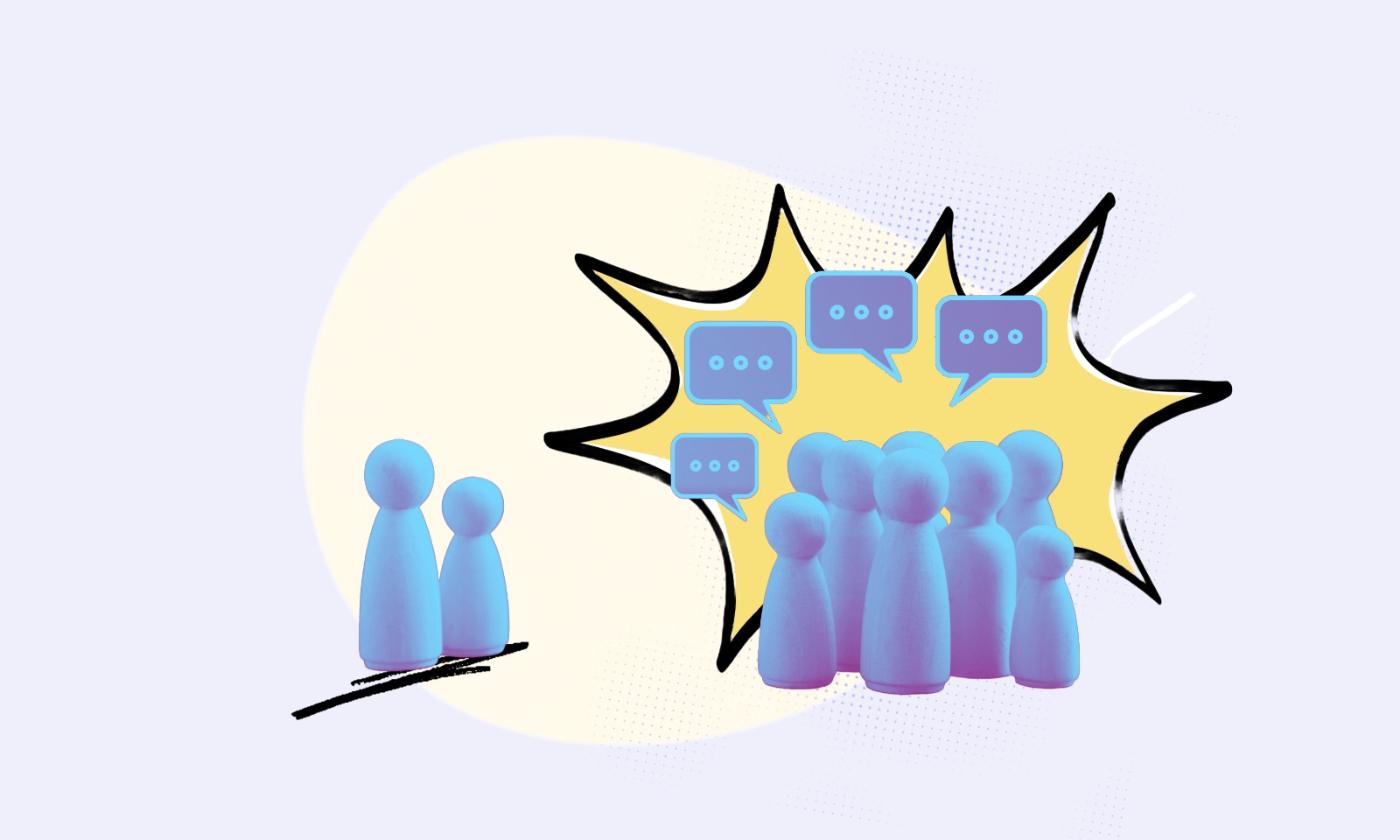Oct 31, 2023
Technology
2
min read

Nathan Saldanha
,
Sales Director
Sitecore's evolution in the CMS landscape is marked by consistent innovation and adaptability. The recent introduction of XM Cloud, Sitecore’s next-generation enterprise content management solution, is a testament to this commitment.
XM Cloud, with its feature-rich offerings and robust capabilities, stands out as the future of enterprise content management. But what does it mean for existing Sitecore users? Let's delve deeper.
Understanding the power of XM Cloud:
XM Cloud isn’t just another addition to Sitecore’s suite. It's a transformative platform with unique capabilities:
Enhanced authoring experience: With intuitive tools such as "Sites", "Pages", and "Components", XM Cloud offers a content authoring experience that outshines its predecessors.
SaaS Advantage: Being a SaaS platform, XM Cloud alleviates users from the complexities of infrastructure management. Furthermore, the built-in analytics and edge personalisation promise optimal performance and flexibility.
Continuous Evolution: One of the remarkable aspects of XM Cloud is its dynamic nature. Users will receive consistent feature updates without the traditional hassles of manual upgrades.
However, while the advantages are apparent, the migration path poses challenges, especially for those heavily invested in older Sitecore versions.
If you're already on a version of Sitecore 10.x or any of the older versions of XM/XP, you are confronted with the challenging question: "Should we make the switch?" By consolidating insights from various sources, this article aims to provide a clearer picture for those contemplating this shift.
Understanding your platform needs
Before diving into the migration process, it's essential to assess your organisational needs and current setup. The digital landscape can be broadly categorised into two primary platform types:
Traditional DXP platform: This is the all-in-one CMS. Sitecore calls it Platform DXP. Personalisation, Analytics, Search, Forms.. etc. are all available in the one license. You either host it on PaaS or IaaS. Generally, the following points is what made you choose this in the first place:
Business preference for self-hosting.
Scaling isn't a primary focus.
Centralised team management for various functions.
Preference for a single, integrated tool.
A willingness to adapt business needs based on platform capabilities.
Satisfaction with the existing platform selection.
No enterprise SaaS CMS in the market at the time.
Composable platform: This is the new direction from Sitecore. You get to pick a MACH architecture, SaaS product of your choice that can be plugged into your tech suite. Some comparison points to consider:
Requirement for a globally scalable solution.
Desire to eliminate hosting and upgrade overheads.
Preference for integrating with the current marketing stack.
Seeking best-of-breed tools for diverse business challenges.
Prioritising technology and vendor flexibility.

✋🚦 Stop and Learn what your needs are
Once you know what your platform needs, you need to consider and compare what's available. While analysing whether to shift from Sitecore XP to XM Cloud, here are some fundamental considerations:
You don’t need to purchase XM Cloud and you can just stick with Sitecore XP if:
You have only recently built on Sitecore XP – version 10.4. It could get even more complicated if your recent build is on .NET MVC or SXA and not on headless.
Your usage extends beyond basic content management in XP. You use Sitecore xDB quite heavily – which means you use Sitecore personalisation and analytics from XP heavily. There will be some change management involved in the move from XP to XM Cloud.
Your organisation has on-prem commitments on longer-term contractual obligations.
You should consider downgrading from XP to XM but consider adding Personalise and CDP if:
There's an organisational drive to utilise customer data across multiple channels.
There's a plan to amplify or broaden current personalisation/testing initiatives.
There could be infrastructure savings by turning off xDB on XP and downgrading to XM which could be used towards the purchase of Personalize and CDP.
Your targeting a much higher ROI that is measurable with a slightly bigger spend. By taking an incremental approach and using an API-based model, technology teams can launch campaigns quickly and easily, allowing the business to achieve a faster ROI, test, learn, and build out successful features and campaigns.
You should switch to XM Cloud (and potentially integrate Personalise/CDP) if:
You aren't leveraging your XP investment to its fullest.
There's an impending redesign, aiming to modernise the delivery of experiences at scale.
You're looking at an upgrade and the cost is six figures but more importantly the upgrade is going to take months.
You're spending a lot of money on hosting and maintaining your XP infrastructure.

A very simple migration blueprint:
Evaluate your current setup: Before contemplating migration, identify where you stand. If you're on an older Sitecore version, an upgrade is imperative. For leveraging the headless capabilities of XM Cloud, your setup should support Sitecore Headless Services. Targeting the latest version, like the soon-to-be-released 10.4, is advisable.
Lay a solid headless foundation: Transitioning to a headless architecture is fundamental for the XM Cloud. Decisions regarding the front-end framework, rendering host, and delivery strategy are crucial. Next.js, supported by Sitecore, stands out as a recommended choice due to its static generation capabilities. Establish if your frontend utilises modern frameworks such as React, Vue, Angular, or Next.js. In simpler terms, if you're already in a headless environment, the business case becomes easy to continue it. But, if this isn't the case and there's no plan for a shift, staying on XP/Managed Cloud Standard or Premium might be the most prudent choice.
Prioritise your migration: A blanket migration might not be feasible or advisable. Prioritise features based on visibility, dependencies, upcoming enhancements, or those requiring a performance boost.
Migration execution: Initiate the migration process based on your priorities. Maintain regular communication with stakeholders, apprising them of progress and gathering feedback.
Final leap to XM Cloud: With all features transitioned to a headless architecture, the actual move to XM Cloud begins. Key considerations during this phase include addressing technical debt, configuring XM Cloud, refining DevOps processes, and most importantly, ensuring content continuity.
A few considerations along the way:
Migrating to a new platform is never just about technical transitions. It encompasses business logic, user experience, and future-proofing:
Search functionality: With no web database in XM Cloud, any reliance on the content search API needs revisiting. Consider composable solutions or custom implementations. But newly announced XM Cloud Plus should have us covered with Search part of the Plus Package.
Content authoring: We still need to use the Content Editor in some way. Future releases may enable us to only use Sitecore’s newer editors like Pages.
Content reuse & management: Ensuring seamless content migration and management is critical, especially when dealing with interconnected and dependent content pieces.
Training & adaptation: The success of any new tool lies in its adoption. Training sessions and workshops to familiarise users with XM Cloud's new features are indispensable.
Working with Codehouse
Migration to Sitecore XM Cloud, while promising a plethora of advantages, demands meticulous planning and strategic execution. When undertaken systematically, businesses stand to gain not just an advanced CMS but a platform geared for future innovations and demands. If you do have any questions, please get in touch








